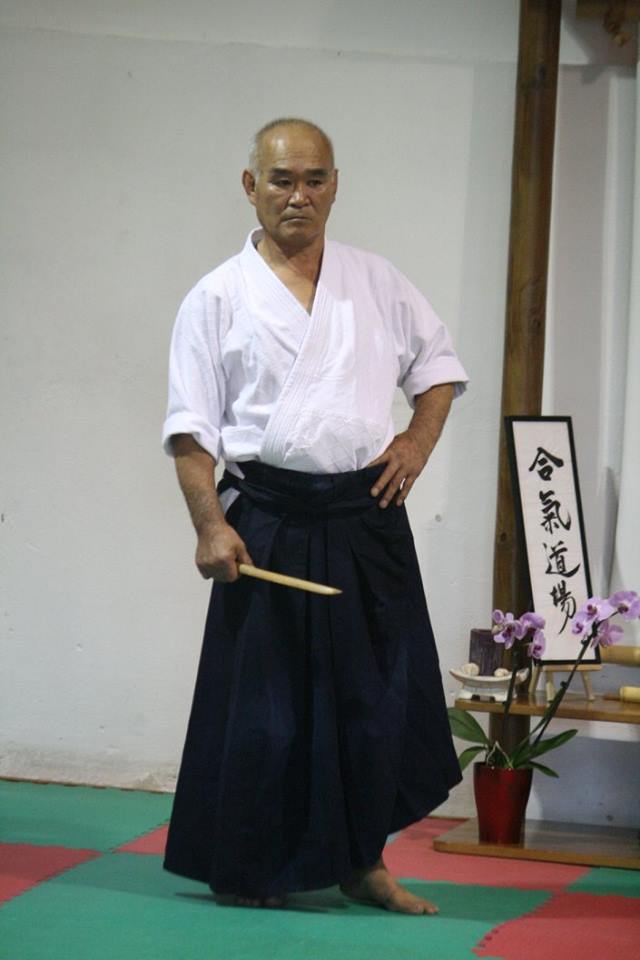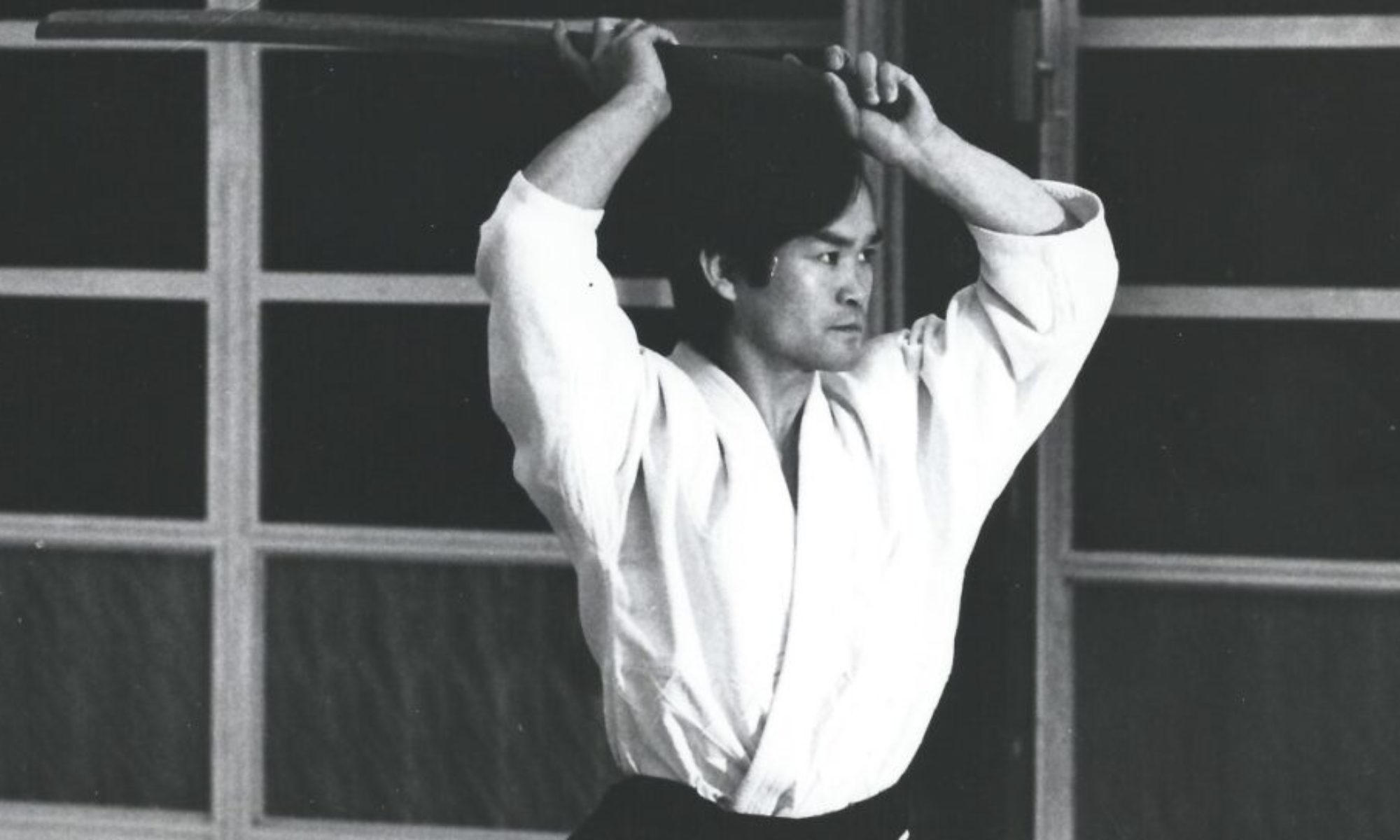T.K. Chiba Shihan, Birankai Founder

Editor’s note: this article was previously published in Sansho, April, 1987
Anyone who thinks that putting more hours into training will necessarily result in greater achievement in the art is thinking like a child. Fundamentally, it is a materialistic attitude and doesn’t lead anywhere but to an unsolvable problem. We can’t avoid moving, day by day, closer to the grave.
Many people think that through training they can make their bodies responsive and controllable; that they’ll be able to move them as they wish. I don’t deny that this is an important part of learning. However, it is only part of it. A part that is only relative to a greater factor which one should be more aware of. This, I think, is more important: to develop an introspective attitude in training, with a more serious eye to self-examination. This is a matter of the quality within one’s training.
To recognize the imbalance, disharmony, or disorder within one’s system, sensed within the body, as well as between the body and consciousness, is a starting point for one’s growth. This is where a conversation or dialog begins to happen between the body and consciousness. As the dialog develops, awareness becomes more clear, and one begins to recognize a natural power or potential ability which has, until then, been hidden.
Instead of adding an external element to the body, one needs to see what is already within. More importantly, consciousness itself (the way one perceives things), begins to change along with the discovery of the true body (as opposed to the body that one changes according to will.)
The important and unique thing that makes Aikido what it is, is that progress moves in proportion to the discovery of a natural power which is already within each individual, together with an organic, dynamic core, which helps the body function in harmony and as a whole.
It is the kind of path where one progressively encounters the true self with wonder and joy. The “estranged self,” hidden with its inexhaustible potential, lies undiscovered by many people who die without knowing that it even exists.
In many ways, rightly or wrongly, our bodies are the product of our consciousness. In order to discover what that is requires close self-examination within our training. It isn’t a path where one adds more and more information, details, power, etc., externally and endlessly, to the “too much” that is already there.
Touching upon this subject in a profound way, according to Dogen Zenji, the founder of Soto Zen: “Buddhist practice through the body is more difficult than practice through the mind. Intellectual comprehension in learning through the mind must be united to practice through our body. This unity is called SHINJITSUNINTAI, the real body of man. It is the perception of everyday mind, through the phenomenal world. If we harmonize the practice of enlightenment with our body, the entire world will be seen in its true form.”
Finally, the discovery of the true body of man, with its value and beauty, is beyond comparison with competitive values, but rather stands on its own within each individual. Thus, the only conclusion is for Aikido to be non-competitive. I’d like to add another Zen master’s words in this regard — a master from Vietnam whose lecture (given at Smith College in New Hampshire, Massachusetts) I was fortunate enough to attend. During a question and answer period, a woman stood up and asked him what he thought of the meditation system practiced by the Quakers. He answered, “How can you compare the beauty of a cherry flower with that of a rose?”
